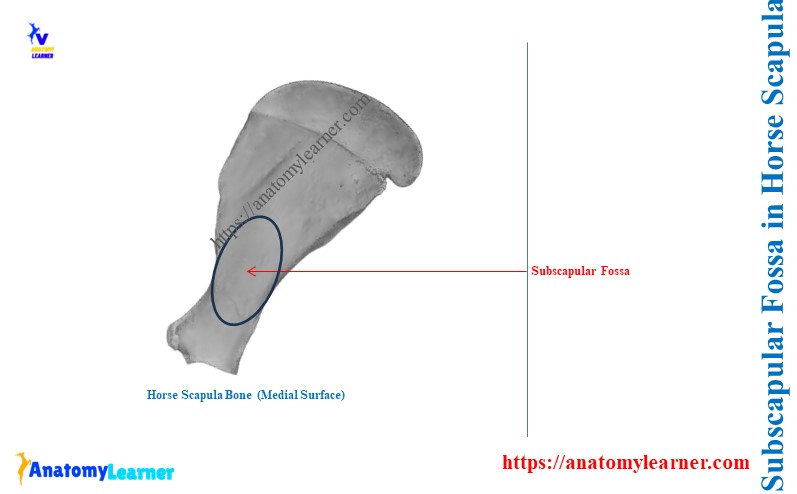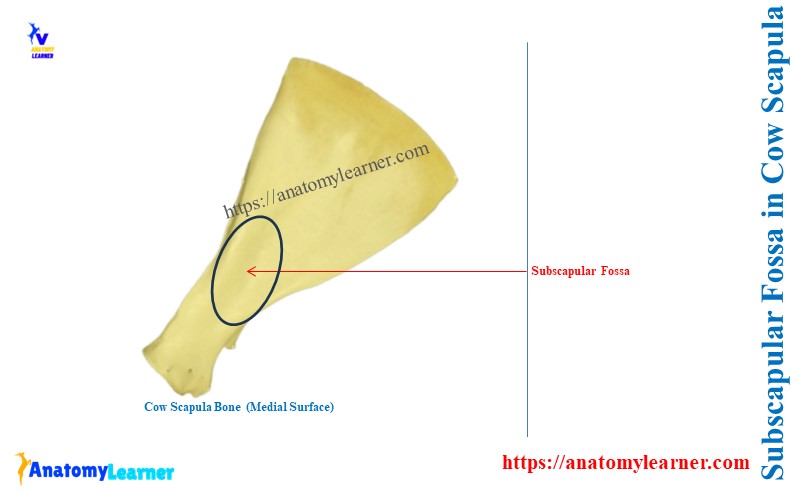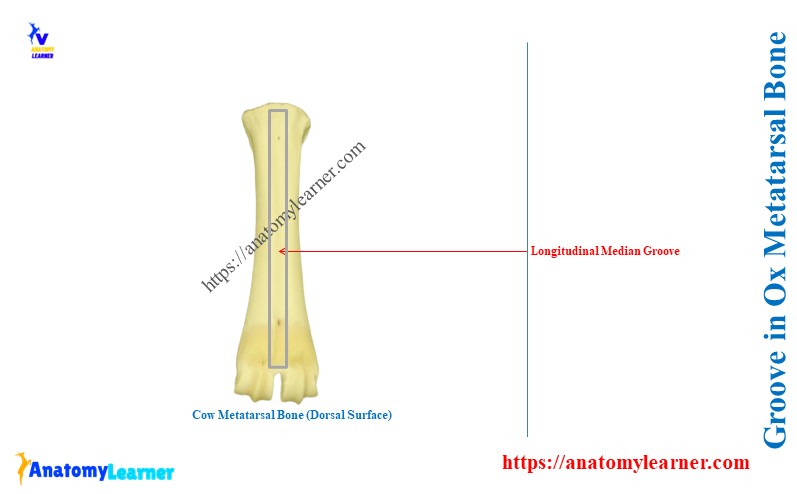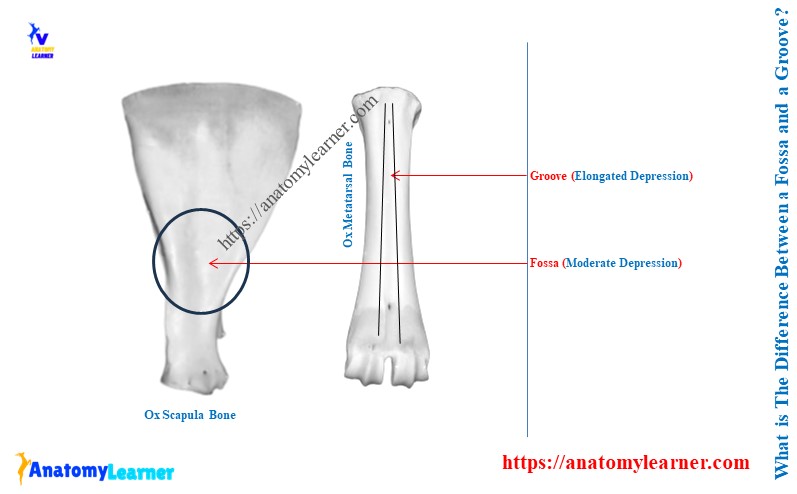While studying the skeleton, you will find different types of depression in the bones. According to their appearance, they are termed fossa or grooves. Here, I will provide a concise answer to the question – what is the difference between a fossa and a groove?
Quick answer: any depression on the bone is fossa. At the same time, the elongated depression on the bone is termed the groove.
I will explain these two terms, ‘fossa’ and ‘groove’, with different examples. So, let’s learn the major differences between the fossa and groove on the animal’s bones.
What is the difference between a fossa and a groove?
First, let’s see the femur bone of the ox. The caudal aspect of the proximal extremity of the ox femur shows deep depression.

Here, the deep depression from the ox femur bone is identified in the labeled diagram. This depression has no particular shape or size. It’s just a hole-like structure on the femur bone.

Look at the medial or costal aspect of the horse’s scapula bone. It shows moderate depression on the distal part of this bone.
It also has no particular shape or size. Again, it does not extend throughout the length of the horse scapula bone.

Now, let’s see the osteological features of the medial surface of the cow’s scapula bone. It also shows a depression on its distal part. However, this depression is shallow compared to previous depression shown on the ox femur and horse scapula bones.

All these depressions on the ox femur, horse scapula, and cow scapula are fossa. In the case of the ox femur, the depression is known as trochanteric fossa. Again, in the case of horse and cow scapula, the medial depression is termed the subscapular fossa.
What is a fossa in an animal bone?
Have you noticed the following?
- The trochanteric fossa of the ox femur bone is a deep depression,
- A subscapular fossa of the horse scapula is moderate depression and
- The subscapular fossa of the cow scapula is a shallow depression,
So, a fossa in the animal bone is the shallow to deep depression.
What is a groove in a bone?
This is the metatarsal bone of the ox. The dorsal surface of the ox metatarsal shows a moderate depression. But, the depression on this metatarsal bone is in the elongated form.

This elongated form of depression on the metatarsal bone is known as the longitudinal median groove.
So, the key feature of the groove in the bone – is the elongated depression.
You will also find elongated depression on different bones of the animal body. Here, the dorsal and palmar surface of the metacarpal bone also shows the longitudinal median groove.
The ventral surface of the ox sacrum bone shows two types of grooves. Here, the longitudinal median groove on the ventral surface of the ox sacrum is distinct. At the same time, there are four indistinct transverse grooves on the ventral surface of the ox sacrum.
The elongated depression on the bone or organs is also known as the sulci. Sometimes, you may find a notch-like depression on the edge or margin of the bone. These notch-like depressions on the margin of the bone are called incisura.
Conclusion
So, the exact difference between a fossa and a groove was explained. Any depression on the bone is the fossa. But, when the depression is in the elongated form, then the groove terms apply.

